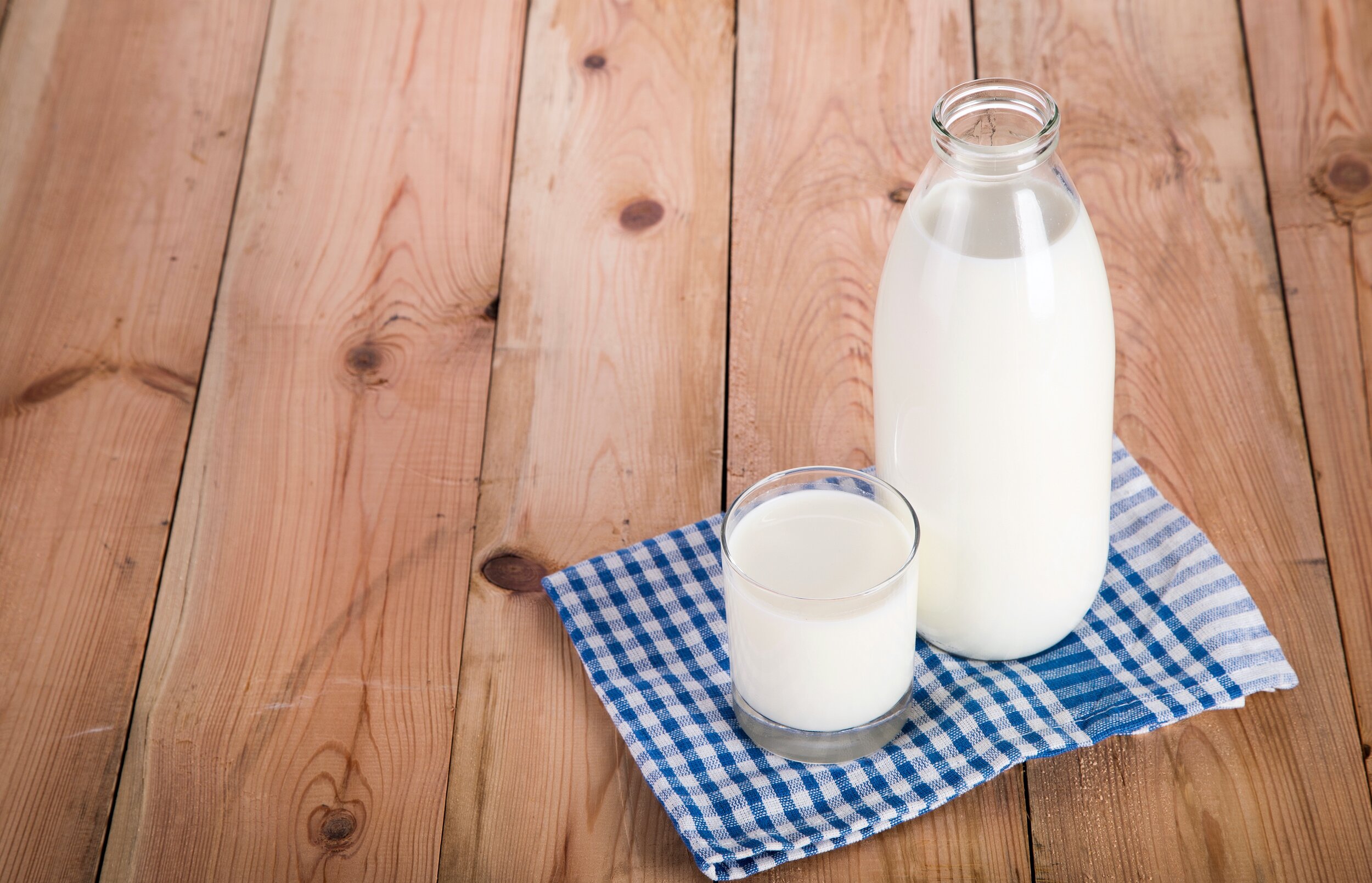
Milk Allergy
Patients with very sensitive milk allergy can react to even a very small quantity of milk protein, including minor contamination or inhalation of milk powder.
What Is Allergy to Milk and Dairy Products
Allergy to milk and dairy products is a common immunological response triggered by the consumption of proteins found in cow's milk. This type of allergy can manifest at any age and can range from mild to severe, impacting the quality of life for affected individuals. In this comprehensive clinical guide, we will explore the causes, signs and symptoms, risk factors, foods to avoid, diagnosis, treatments, and preventive measures related to milk and dairy allergies.
Milk allergy is an adverse immune reaction to proteins present in cow's milk, primarily casein and whey. The immune system misidentifies these proteins as harmful invaders, leading to the release of histamines and other chemicals, resulting in allergic symptoms.
Causes of Milk Allergy
The primary cause of milk allergy is an overactive immune response to milk proteins. There is a genetic predisposition to allergies, meaning individuals with a family history of allergies are at a higher risk. Exposure to cow's milk at an early age, especially in infants, may increase the likelihood of developing an allergy.
Signs and Symptoms of Milk Allergy
Symptoms of milk and dairy allergy can vary in severity and may include:
Gastrointestinal Symptoms:
Abdominal pain
Diarrhea
Nausea and vomiting
Respiratory Symptoms:
Sneezing
Runny or stuffy nose
Coughing
Wheezing or shortness of breath
Skin Reactions:
Hives (urticaria)
Eczema or atopic dermatitis
Swelling, particularly around the face, lips, and eyes (angioedema)
Anaphylaxis:
Severe, life-threatening reaction
Symptoms include difficulty breathing, a rapid drop in blood pressure, and loss of consciousness
Risk factors of Allergy to Milk and Dairy Products
Several factors may increase the risk of developing a milk allergy, including:
Family History:
Genetics play a role, and a family history of allergies increases the likelihood.
Early Introduction to Cow's Milk:
Early exposure to cow's milk, especially in infancy, may contribute to the development of allergies.
Other Allergies:
Individuals with allergies to other foods or environmental allergens may be more prone to milk allergy.
Foods That May Contain Milk Protein
Batter-fried foods
Biscuits
Bread
Breakfast cereals
Cakes
Chocolate
Cookies
Cream sauces
Cream soups
Custard
Fish in batter
Gravies and gravy mixes
Ice cream (and “non-milk” fat)
Imitation sour cream
Instant mashed potatoes
Margarine
Muesli
Muffins
Other baked goods
Packaged soups
Pies
Puddings
Rusks
Sausages
Sherbet
Soy cheese
Soup mixes
Sweets
Canned soups
Vegetarian cheese
List of Foods that May Contain Milk and Dairy
Avoiding milk and dairy-containing products is crucial for individuals with milk allergies. Common sources of hidden dairy include:
Milk and Milk Products:
Cow's milk, goat's milk, and sheep's milk
Cheese, yogurt, butter, and cream
Processed Foods:
Baked goods (cakes, cookies, and pastries)
Processed meats (sausages, hot dogs)
Snack foods (chocolates, candies)
Hidden Ingredients:
Casein, whey, lactose, and milk solids may be present in processed foods under various names.
Labels That May Indicate the Presence of Milk Protein
Artificial butter flavor
Butter
Butter fat
Buttermilk solids
Caramel color
Caramel flavoring
Casein
Caseinate
Cheese
Cream
Curds
De-lactosed whey
Whey powder
Whey protein concentrate Yogurt
Demineralized whey
Dried milk
Dry milk solids
Fully cream milk powder
High protein flavor
Lactalbumin
Lactalbumin phosphate
Lactose
Milk
Milk derivate
Milk protein
Milk solids
Natural flavoring
Pasteurized milk
Rennet casein
Skim milk powder
Solids
Sour cream (or solids)
Sour milk solids
Whey
How is Allergy to Milk and Dairy Diagnosed
Accurate diagnosis is crucial for effective management. Diagnostic methods include:
Medical History and Symptom Assessment:
A detailed history of symptoms and their correlation with milk consumption.
Skin Prick Test:
Small amounts of milk proteins are applied to the skin, and a tiny needle is used to prick the skin. A positive reaction indicates an allergy.
Blood Tests:
Measurement of specific IgE antibodies to milk proteins.
Oral Food Challenge:
Under medical supervision, the individual consumes increasing amounts of milk to observe any allergic reactions.
How To Treat Milk Allergy
Avoidance:
The primary treatment involves eliminating all sources of milk and dairy from the diet.
Epinephrine:
Individuals at risk of anaphylaxis are often prescribed an epinephrine auto-injector for emergency use.
Antihistamines:
For mild to moderate symptoms, antihistamines can help alleviate allergic reactions.
Immunotherapy:
Experimental treatments involving the gradual introduction of small amounts of milk proteins under medical supervision.
Preventive Measure to Avoid Milk Allergy
Reading Labels:
Thoroughly check food labels for hidden dairy ingredients.
Educating Others:
Informing caregivers, friends, and family members about the allergy to prevent accidental exposure.
Alternative Products:
Explore and use dairy alternatives such as soy milk, almond milk, or coconut milk.
Cross-contamination Awareness:
Be cautious about cross-contamination in kitchens, restaurants, and other food preparation areas.
Regular Medical Follow-ups:
Regular check-ups with healthcare providers to monitor the allergy's status and receive updated guidance.
Contact Dr. Lubitz Today and Arrange a Consultation
If your asthma or allergies are getting you down, don’t suffer needlessly. Same-day appointments are available. We have multiple offices throughout Manhattan.
